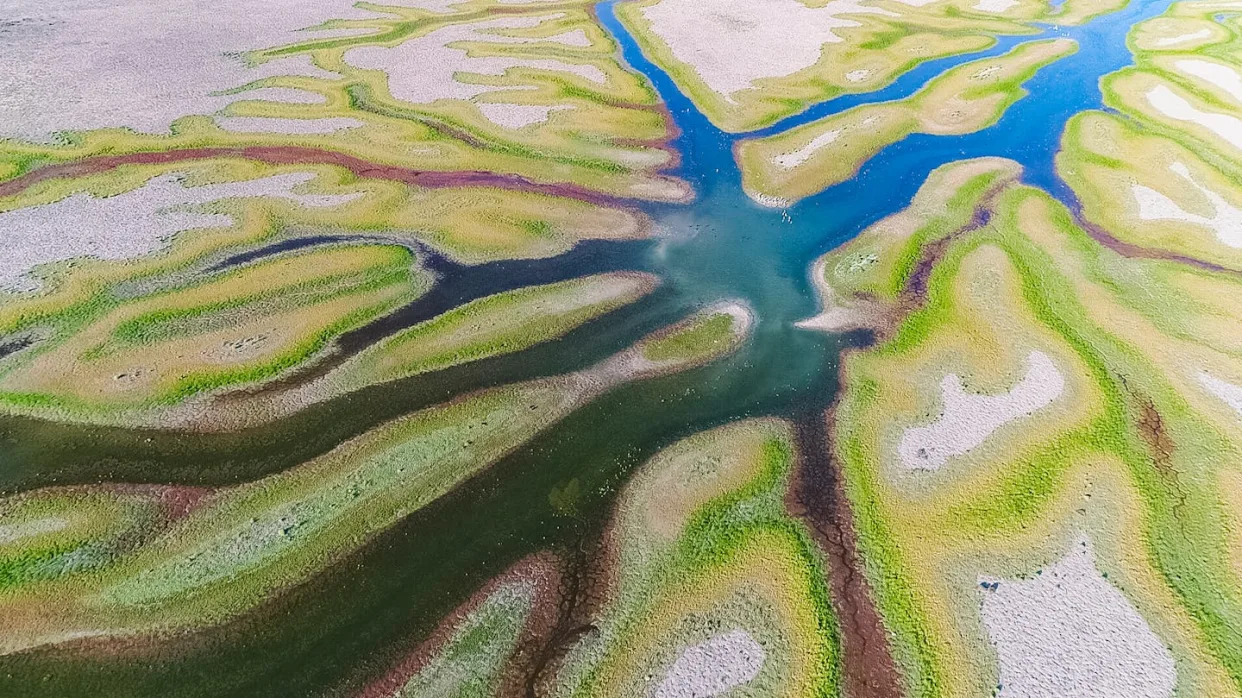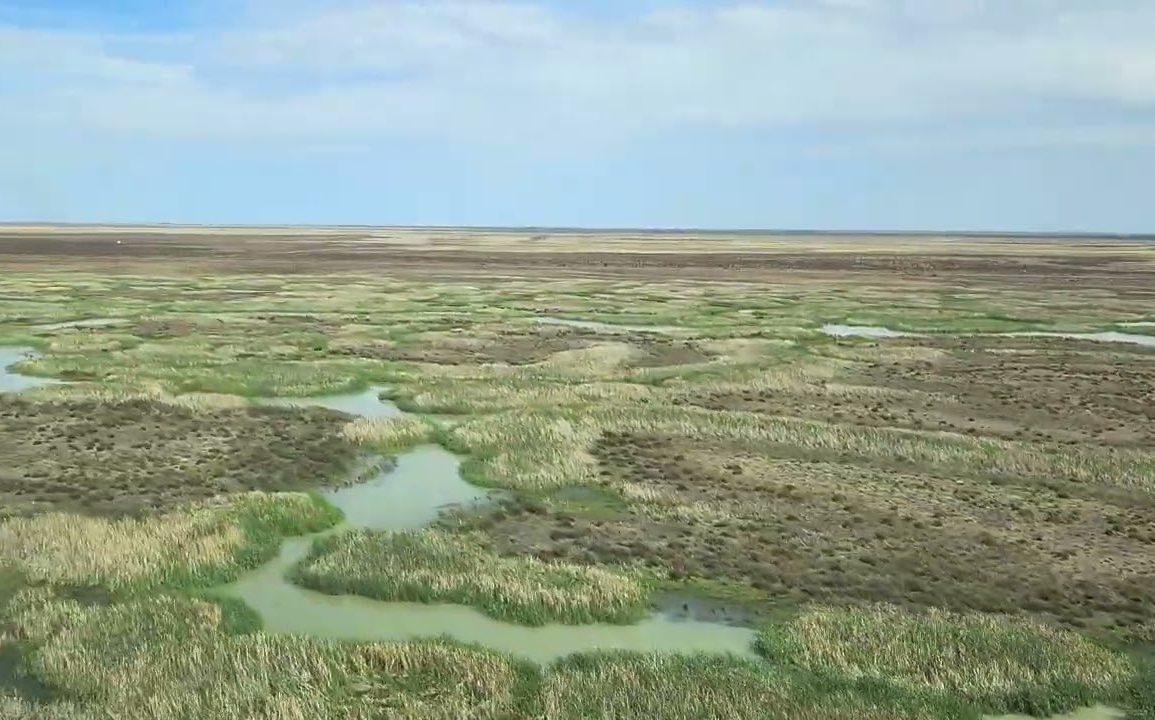The Murrumbidgee River, Australia’s second-longest river, is experiencing significant drying, particularly affecting the expansive Lowbidgee Floodplain, which is vital for various plants, animals, and local communities. This critical wetland has been increasingly threatened by both human activity and climate change, leading to urgent questions about its future and the well-being of its ecosystems. Understanding the changes in river flows over time is crucial for determining potential solutions to mitigate these challenges.
Recent research utilizing computer modeling has highlighted the drastic changes in the Murrumbidgee River’s flow patterns since the late 19th century. By examining historical data from 1890 to 1927, the study revealed that the natural flow of the river had been severely disrupted by the construction of dams and increased water extraction for irrigation.
Comparisons with current conditions indicate that river regulation has halved the river’s flow in the past thirty years, extending the intervals between essential flood events that sustain the wetlands. This drying trend is expected to worsen due to climate change, with predictions indicating a potential reduction of up to 85% in annual flood duration by 2075 if no intervention occurs.
The Lowbidgee Floodplain plays a crucial role in supporting diverse ecosystems, including significant forests and shrublands that provide habitat for numerous bird species, as well as endangered species like the Southern bell frog and Murray cod.

However, human-induced alterations to the natural flood cycle, such as the construction of 26 major dams, have severely disrupted this balance. As a result, the frequency of flooding has drastically decreased, leading to widespread ecological damage, including the decline of tree species and a significant drop in waterbird populations.
Culturally, the Lowbidgee Floodplain holds profound significance for the Nari Nari people, who have lived in harmony with the land for thousands of years. Recent efforts have returned a portion of the floodplain to the Nari Nari Tribal Council, allowing them to engage in land management practices such as cultural burning.
However, the ability of the Nari Nari to effectively restore their land is hindered by the ongoing water scarcity, highlighting the need for a balanced approach to water management that respects both ecological and cultural values.
The findings from the research underscore an urgent call to action regarding the management of the Murrumbidgee River and its floodplain ecosystems. It is clear that river regulation has been a major driver of ecological decline, exacerbated by the effects of climate change.
Implementing strategies to reduce water extraction and restore natural flow patterns is essential for preserving biodiversity and supporting the cultural heritage of Indigenous peoples. As the situation in the Murrumbidgee serves as a warning for similar river systems worldwide, proactive measures are needed to ensure the health of these vital ecosystems amidst growing water demands and climate challenges.

